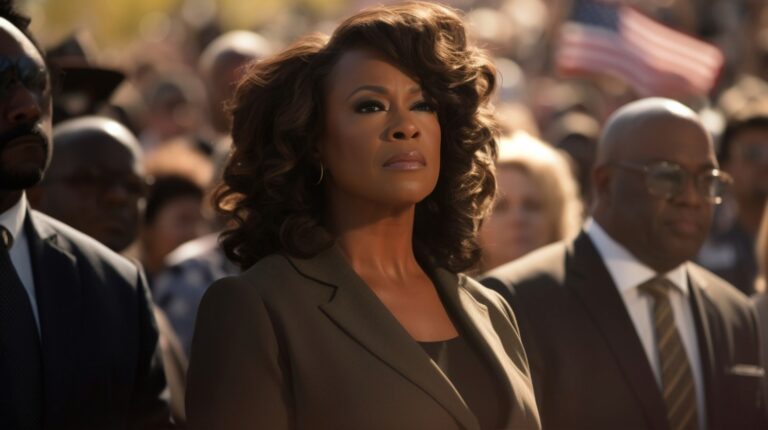Unlock New Revenue: Engage Baby Boomers with Accessibility
November 4, 2024
No comments yet

In today’s fast-changing world, membership associations must focus on keeping baby boomer members engaged. As baby boomers retire, their role shifts from active participants to critical donors. To support this shift, associations must prioritize digital and event accessibility. Doing so improves member experience and fosters a sense of inclusivity. This can lead to higher member retention and more donations, which can offset the costs of accessibility improvements and boost overall revenue.
Understanding Baby Boomer Needs
Baby boomers, born between 1946 and 1964, have seen significant technological changes. While some are comfortable with technology, many face difficulties with digital interfaces. Accessibility is critical. Associations should make their digital platforms user-friendly, easy to navigate, and compliant with Web Content Accessibility Guidelines (WCAG). This means offering adjustable text sizes, compatibility with screen readers, and simple navigation.

Digital Accessibility
Investing in digital accessibility goes beyond compliance. It enhances member engagement. Key elements include:
Accessible Websites: Ensure websites habe straightforward content and high-contrast color and work with assistive technologies. Online forms, event registrations, and member portals bust also be accessible.
Inclusive Communication: Format emails, newsletters, and social media posts for accessibility. User larger fonts and simple language and inclute alt text for images.
Virtual Events: Make virtual events accesible with captions, transcripts, and user-friendly platforms.
Create a seamless digital experience, encouraging continued engagement from baby boomers and others with accessibility needs.

Event Accessibility
Making in-person events accessible is also essential. Associations should ensure venues accommodate various needs, including:
Physical Accessibility: Venues should have ramps, elevators, accessible restrooms (including family restrooms), and seating for those with mobility aids.
Sensory Accommodations: Provide sign language interpreters, hearing loops, and quiet spaces. When needed, offer large print or Braille materials.
Transportation Assistance: Offer transportation options or information on accessible public transit to help members with mobility challenges attend events.
These steps show a commitment to inclusivity, strengthening community ties with baby boomer members.

Converting Members to Donors
Once baby boomers feel valued and included, the next step is to turn their engagement into financial support. This can be achieved through:
Communicating Impact: Explain how donations support the association’s mission and enhance accessibility services.
Personalized Appeals: Personal communication from association leaders can make members feel recognized. Messages should reflect their long-term membership.
Recognition Programs: Donor recognition programs can encourage donations, including public acknowledgments and exclusive event invitations.
Legacy Giving: Educate members about legacy-giving options, from creating a scholarship fund in their name to including the association in their wills.
These strategies can turn baby boomer members into long-term supporters, driving significant revenue growth.
Offsetting Costs and Increasing Revenue
Although the initial investment in accessibility can be high, the long-term benefits are substantial. Creating an inclusive environment helps retain baby boomer members and convert them into donors. The increased value from membership dues and donations can more than offset the costs of accessibility services.
Associations often see a first-year return on investment (ROI) of 10%, with later years exceeding 300%. A commitment to accessibility also boosts an association’s reputation, attracting new members and sponsors who value inclusivity. This leads to additional revenue streams, further justifying the investment in accessibility.

